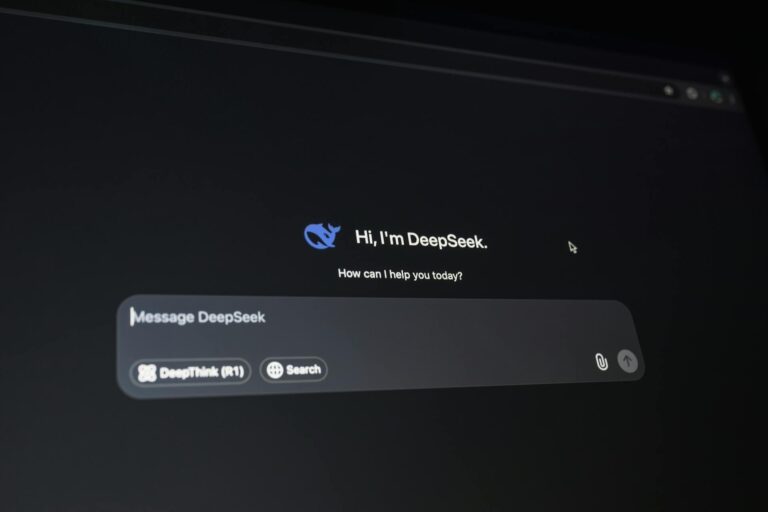
Increased adoption of Building Information Modelling project controls combined with AI is likely to be a key trend for the construction industry in 2025 as it looks to drive up productivity, profitability, safety and environmental compliance.
The construction industry has traditionally lagged behind other sectors in embracing digital technologies and processes. However, the sector faces a combination of challenges that affect corporate performance and jeopardise its ability to deliver on ambitious targets for infrastructure and regeneration.
Operating costs are rising, and not only because of higher materials costs: project delays are more frequent, last longer and are more expensive, adding as much as 20% to costs. Data has shown that human error is estimated to make up over a fifth of project delay costs.
Furthermore, the sector is facing a severe human resource shortage, with reports suggesting that nearly a million new workers will be needed to meet growing demand by 2032.
Additionally, projects have become increasingly complex, driven by the need to comply with increasingly stringent safety and environmental legislation.
Thankfully though, recent advances in Building Information Modeling (BIM) project controls, combined with Artificial Intelligence (AI), promise to help the industry address these challenges and provide for more efficient, safer and smarter construction processes.
The advance of BIM: 4D, 5D, and beyond
Almost all contractors and construction industry stakeholders are familiar with the elementary 3D form of BIM.
But with the development of additional fourth, fifth and sixth dimensions, BIM has evolved into a comprehensive process of managing information throughout the lifecycle of a building, from design to demolition. It is here where we are likely to see a significant uptake in the coming years.
4D BIM integrates time-related data into 3D models, allowing project managers to visualise how a construction project will evolve over time. This step-by-step representation enables stakeholders to better plan construction sequences, identify coordination issues or risks before teams reach the site, and optimise scheduling.
5D BIM goes a step further by incorporating cost data into the 3D and 4D models. This dimension allows project teams to evaluate financial impacts throughout the project lifecycle. Integrating time and cost provides a deeper understanding of project performance, enabling more accurate budgeting, resource allocation, and financial decision-making. This means better use of staff time, as estimators may focus on valuable activities such as assessing financial risks, rather than error-prone manual takeoffs.
As augmented reality (AR) capabilities are increasingly integrated into 5D BIM, project visualisation, and management will become even more immersive and accurate.
The skills shortage will drive the uptake of Artificial Intelligence (AI)-powered predictive analytics. Rather than taking jobs off people, AI will enable construction site teams to work more efficiently and productively, by automating repetitive tasks and analysing data.
In particular, AI will play an increasingly important role in reducing the risks of accidents onsite. Health and safety plans on construction sites need frequent adjustment due to their ever-evolving environments. Changes in workforce and weather conditions, new phases of construction and introduction of new equipment, for example, all present unique hazards. This means health and safety plans can soon go out of date.
By processing vast amounts of data, AI algorithms can identify patterns and predict potential issues before they occur, improving decision-making and operational efficiency.
AI technology integrated with 4D modelling, therefore, allows construction teams to visualise, predict, and mitigate safety hazards more effectively than ever before. AI can analyse safety compliance records, inspections and worker behaviour, to predict risk of accidents and recommend preventive measures. AI also optimises emergency planning by suggesting escape routes based on real-time site conditions.
Advanced tools like 4D and 5D BIM, Augmented Reality and AI, are proving to make construction projects safer, more efficient, and more sustainable.
As these tools are utilised more and more by the construction industry, we will see significantly improved project outcomes and reduced costs.

Dan Ashton
Dan Ashton is Technical Director at Proicere.


